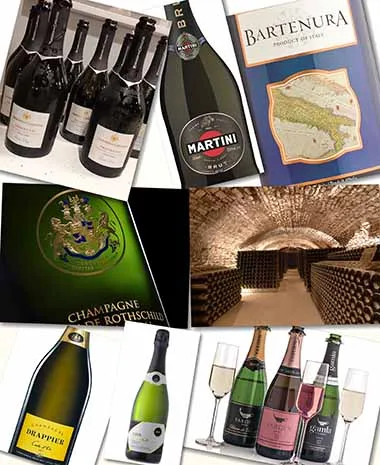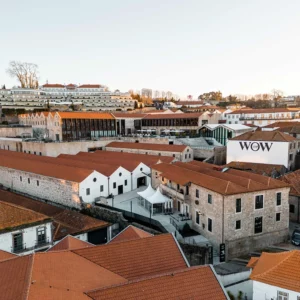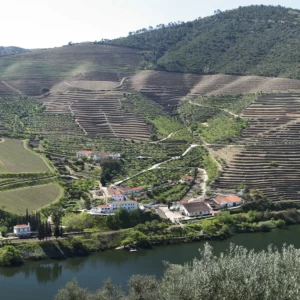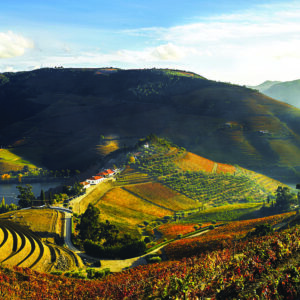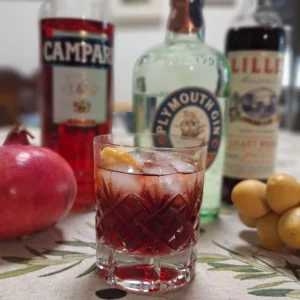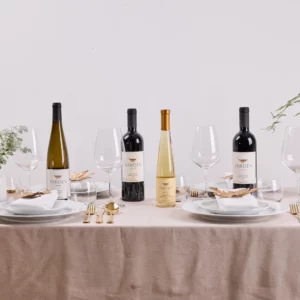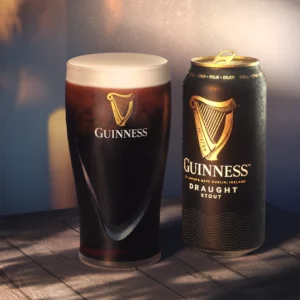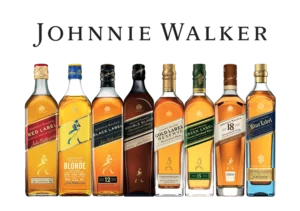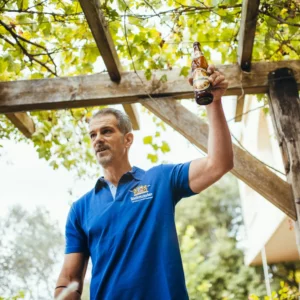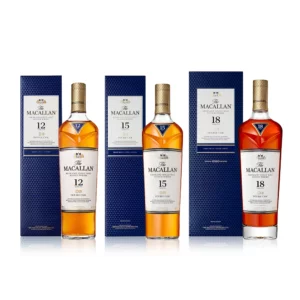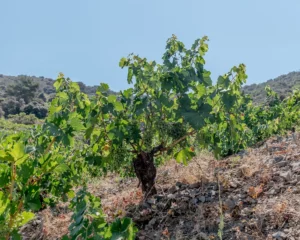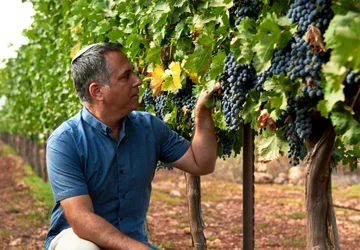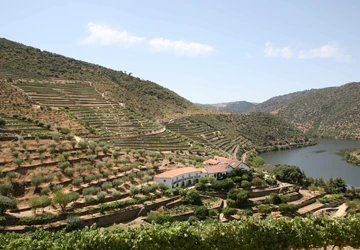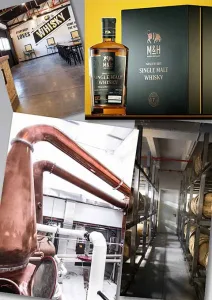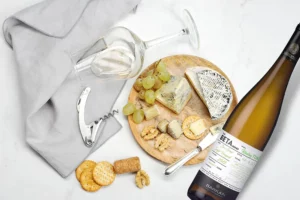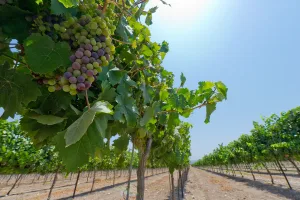New Year’s Eve or Sylvester’s is the time for sparkling wine. This is a fast growing sector. Anything with bubbles is considered ‘in’ and increasingly popular, whether it is a wine of sophistication at no little expense, or inexpensive fizz. The broad range covers the whole wine drinking spectrum from connoisseurs to those who like a fun wine with easy drinking sweetness. Champagne, Cava, Prosecco and Lambrusco are the famous sparkling wines that dominate the shelves of the wine shops.
The Rolls Royce of sparkling wine is Champagne, from the specific region in France. Here wines are made in the most expensive way. The bubbles come from a secondary fermentation that occurs in the actual bottle that is sold. The carbon dioxide that is a result of the fermentation, is trapped in the bottle. The method used by the Champenoise, is copied by other producers. Anywhere that the words ‘Classic Method’ or ‘Traditional Method’ appears on the label, is your clue that the wine has been made by the ‘Methode Champenoise’…though they can’t call it Champagne, because the name is protected.
Champagne is normally made from a blend of Chardonnay, Pinot Noir and Pinot Meunier. This is the best example of how a white wine can be made from red grapes. Famous Champagne names include Moet et Chandon, Veuve Cliquot and Bollinger. The wines are aged in the bottle on the yeast, known as lees. This can give a bready, yeasty aroma and greater complexity. The more expensive wines will be likely to have more aging in this way. An example of a prestige label is Krug or Dom Perignon, named after the blind monk who in mistaken folklore is said to have discovered sparkling wine. “Come quickly, I think I am drinking stars!” was the memorable quote attributed to him.
Other wines made by this expensive, long winded method are Spanish Cava, Franciacorta in Italy, Cremant in France and our own Yarden and Gamla, produced by the Golan Heights Winery. Cava has become a kind of slang in Israel. Many will ask for a Cava, meaning any sparkling wine. The new quality player is England. This is clear evidence of the effect of global warming. They are making some excellent sparkling wines, but they are not cheap.
A more common, less costly way of making sparkling wines is the Charmat Method, also known as Cuve Close. In this instance the second fermentation takes place in a large tank, then the wine is bottled under pressure, so the bubbles are maintained. The famous brand made this way is Prosecco, which has exploded worldwide. It is made by the Glera grape and has a flowery aroma that has made it a big hit. Many think Prosecco is the grape variety, but it is a region in north west Italy. In Israel, Carmel is a winery making a sparkling wine from the Charmat process. The bubbles tend to be larger than the more refined traditional method wines.
The cheapest way of making sparkling wine is by carbonation. This is simply an injection of carbon dioxide, which I call the Coca Cola Method. Most of the sparkling wines sold in wedding halls will be made in this way. The fizz is usually fierce, but it dissipates quickly.
Some words to assist you. Brut means dry. Blanc de Blancs is made only from white grapes, usually Chardonnay. Blanc de Noirs is made only from red grapes. In Champagne, this means Pinot Noir and Pinot Meunier. Most sparkling wine is NV, that is to say Non Vintage, a blend. The better wines will have a vintage.
Then there are lightly sparkling wines, known as frizzante in Italian. Most popular in this category is Lambrusco, which is made in the Emilia Romagna region in Italy. It is an abused variety because of its popularity. It can be sweet, frothy and little else, in either red or white incarnations, and many love it. The better red Lambruscos have a tart flavor of red berries and cherries, and an acidity which balances the sweetness. Lambrusco is very popular in Israel. My late wife loved it, so who am I to deny anyone the right to enjoy it if they want to? However if you have the opportunity to search for a better quality Lambrusco, don’t turn it down out of hand because it is more expensive than the basic brands of Lambrusco.
Finally, there are the slightly sparkling wines, like Moscato. These are really low alcohol dessert wines, with a spritz. The wine style hales from the Asti region in Piedmont. However, come New Year, they can be regarded as semi sparkling wines. Bartenura, which is kosher, is the largest exported brand of Moscato. Israeli brands include Hermon by Golan Heights Winery and Buzz by Carmel.
Sparkling wines should be served ice cold and opened with great care. The pressure of a cork popping can be dangerous, particularly to eyes, as the cork is shaped in a way that could enter the eye socket. Open a bottle at 45 degrees, not pointing at anyone you like. Keep a finger on top of the cork, undo the protective wire, then hold the cork and turn the bottle whilst gently easing the cork. Forget about the Formula One type celebrations. The bottle should open with an erotic sigh, rather than a pop and a splash.
The classic glass for sparkling wines is the flute or tulip shaped glass, but any white wine glass will do. Tipping the glass will help you to pour steadily. Sparkling wine is the classic aperitif wine, and it will go with first courses, fish dishes and poultry. It can be versatile. I have had some great meals with sparkling wine served throughout. Some like to end a banquet, after many courses, with clean, brut sparkling wine. Lambrusco is great with cold meats and the best with pizza. Moscato is an any time, any place wine from breakfast, to being drunk with fruit based desserts at the end of an evening meal.
The most famous sparkling wine cocktails are Bellini (Prosecco and peach nectar), Mimosa, aka Bucks Fizz (Champagne and freshly squeezed orange juice) and Kir Royale (sparkling wine with Crème de Cassis.) I think Mimosa is one of the finest drinks ever invented. Kir Royale is what you will often be served, using an inferior sparkling wine, when you arrive at weddings.
However, you do not need a reason to drink a sparkling wine. It is the wine of celebration, the ultimate party wine, and the best wine to toast any achievement. The variety is huge. There are plenty of options. Recommendations below, all of which are kosher, except the Martini Brut.
Rothschild Champagne Brut NV. A subtle blend of Chardonnay and Pinot Noir. It is lively, with small, persistent bubbles. It has a fragrance with aromas of pear, white flowers and a hint of yeasty toastiness. Flavorful and refreshing. It is a joint venture of the three wine producing Rothschild families from the famous Bordeaux Chateaux Lafite, Mouton and Clarke. The wine represents chic, luxury with the label and name to match the quality. NIS 400
Drappier Carte D’Or. This is produced by the 8th generation of a family owned and managed Champagne house. It is delicate, steely with aromas of pear and peach, backed by brioche. It is mainly made from Pinot Noir, which explains the delicate berry flavor on the palate, so is almost a Blanc de Noir. A quality Champagne with a distinctive yellow label, the color of quince, an aroma many have found in the wine over the years. NIS 240
Yarden Blanc de Blancs 2011. The Golan Heights Winery is our finest producer of sparkling wines and this is one of the greatest Israeli wines. It is made entirely from Chardonnay, strictly by the traditional method and matches the quality of the very finest Champagnes, yet is a fraction of the price. It has an aroma of green apple, pear, white flowers with a hint of recently baked bread. It is crisp yet complex, delicate yet with great depth. It is a vintage wine that was aged for a minimum of five years on its tirage yeast. A classic expression of a truly fine, quality sparkling wine. NIS 130
Yarden Rosé Brut 2013. What goes for the Yarden Blanc de Blancs is also true of their Brut Rosé. It has a beautiful onion skin color, and a fragrance with a nose of strawberries and a hint of citrus. It is minerally on the palate, with a crisp finish. Another sparkling wine of the highest quality from the Golan Heights Winery. NIS 130
Gamla Brut NV. This is quite simply the best value quality sparkling wine out there. It is a steal. It is made by the Golan Heights Winery from Chardonnay and Pinot Noir, grown in the Northern Golan. It has a nose of lime and citrus, with a hint of white flowers, and has a piercing acidity, which is bracing and refreshing. Certainly a best buy. the NIS 65
Martini Brut. Martini the famous Vermouth producer, produce this sparkler made from Glera and Chardonnay, grown in the Veneto-Friuli region in Italy. It has pear and apple aromas and a refreshing bite on the finish. NIS 65
Maschio dei Cavalieri Prosseco Treviso. This is Extra Dry. Confusingly named because in sparkling wine lingo, it means it has moderate sweetness. It has an fresh and fruity aroma, is light in the mouth and is eminently gluggable. NIS 60
Iberia Cava Brut. Not the best Cava, but it does represent great value. It is refreshing, well balanced and also has a clean finish. An ideal wine for a sparkling wine cocktail. NIS 25
Ameradori Lambrusco Rosso. This is red, frizzante, with ripe cherry berry fruit, mouth filling fruity sweetness, off set by the bubbles. A fun wine to be enjoyed, and not taken too seriously. NIS 25
Bartenura Moscato. Low alcohol, this is the largest brand of Italian Moscato from the Asti region, and the biggest selling kosher wine in America. Recognized by its iconic blue bottle, copied by many others. Moscatos are sweeter, lower alcohol and only slightly sparkling, in comparison with its elder sister, Asti Spumante. NIS 55
Tabor Har Moscato. This is 5.5% alcohol, made from Muscat Canelli. Light, frothy, grapey. Simple, tasty and sweet. I like the screw cap, which makes it so easy to open. NIS 39
Adam Montefiore has advanced Israeli wine for over 30 years. He is the wine writer of the Jerusalem Post. www.adammontefiore.com


